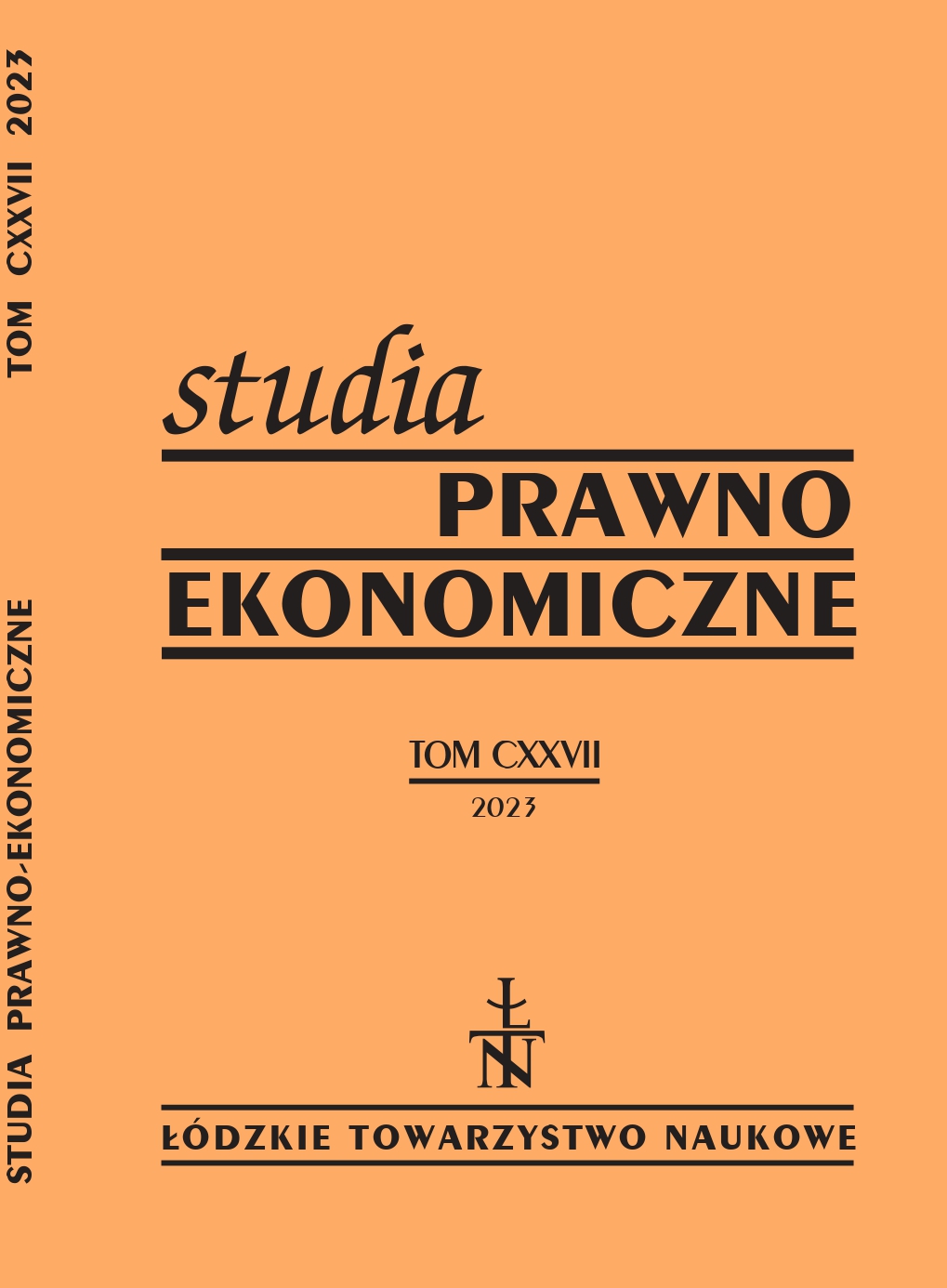Key problems in medical research and development and proposals for changes to improve the efficiency of the current system
DOI:
https://doi.org/10.26485/SPE/2023/127/1Keywords:
access to medicines, biomedical R&D, pharmaceutical industry, alternative models, public option.Abstract
Background: The pharmaceutical system is failing in its role of responding to public health needs. The current R&D model is driven by profits rather than the public interest. As a result, while the public funds the highest-risk research and incentivises the industry’s involvement in the public health sector, the gap between the R&D agenda and medical needs is growing, new medicines are unaffordable for health systems and patients, and global access to new therapies is vastly unequal.
Research purpose: The article looks into the root causes of this situation and the problems with the status quo to suggest potential solutions – from straightforward choices that are applicable within the existing system to transformative options that can bring back the balance between public and private interests.
Methods: The reflections and recommendations presented in the article are based on scientific literature, materials developed by governmental and non-governmental organisations and discussions with experts.
Conclusions: The article concludes that the most important factor is the increased involvement of the public sector, which should take greater responsibility for pharmaceutical R&D rather than leaving innovation, access, availability and pricing of pharmaceuticals to be driven solely by profit-maximisation strategies. At a minimum, the public sector must ensure that R&D is aligned with public needs, the end products are affordable and equally accessible, and the public gets a fair return on its investment. Structural and profound changes include altering the governance of private companies operating in the pharmaceutical sector as well as expanding the role of public institutes and companies in the system. Existing inefficiencies are not the result of scientific limitations or technical barriers, but of political choices. Ultimately, improving the pharmaceutical system comes down to choosing the public interest over private profits.
Downloads
References
Brown D., Medicine for All: The case for a public option in the pharmaceutical industry, Report, Democracy Collaborative, 2019.
Feldman R., May your drug price be evergreen, Journal of Law and the Biosciences 2018/5/3.
Ford N., Wilson D., Costa Chaves G., Lotrowska M., Kijtiwatchakul K., Sustaining access to antiretroviral therapy in the less-developed world: Lessons from Brazil and Thailand, AIDS, July 2007/21.
Global Justice Now, Pills and Profits: How drug companies make a killing out of public research, 2017.
Heled Y., Rutschman A.S., Vertinsky L., The problem with relying on profit-driven models to produce pandemic drugs, Journal of Law and the Biosciences, January–June 2020.
Heled Y., Vertinsky L., Brewer C., Why Healthcare Companies Should Be(come) Benefit Corporations, 60 Boston College Law Review 2019/73.
Krikorian G., Torreele E., We Cannot Win the Access to Medicines Struggle Using the Same Thinking that Causes the Chronic Access Crisis, Health Human Rights, June 2021/23 (1), pp. 119–127.
Kuchler H., Mancini D.P., Pilling D., The inside story of the Pfizer vaccine: ‘a once-in-an-epoch windfall’, The Big Read, Financial Times, 2021.
Love J.P., Alternatives to the patent system that are used to support R&D efforts, including both push and pull mechanisms, with a special focus on innovation-inducement prizes and open source development models, CDIP/14/INF/12, Study, 2014.
Marselis D., Hordijk L., From blockbuster to “nichebuster”: How a flawed legislation helped create a new profit model for the drug industry , British Medical Journal, 29 July 2020.
Mazzucato M., The Entrepreneurial State: Debunking Public vs. Private Sector Myths, Penguin Books, https://doi.org/10.1016/S1386-6532(09)70080-0
Mazzucato M., Li H.L., A market-shaping approach for the biopharmaceutical industry, UCL Institute for Innovation and Public Purpose, Working Paper Series (IIPP WP 2020–21), 2021.
Medicines Law & Policy, European Union Review of Pharmaceutical Incentives: Suggestions for Change, 2019.
Médecins Sans Frontières (MSF), Lives on the Edge: Time to align medical research and development with people’s health needs, Report, May 2016.
Oxfam International, Pandemic of Greed, media brief, 2022.
Prescrire, Drug research: public funding, private profits, Prescrire International, December 2020/29/221.
Prescrire International, New drugs and indications in 2014, Prescrire International, Rev Prescrire February 2015; 35 (376), April 2015.
Singh J., Cuba’s COVID-19 vaccines: A journey of collaboration and revolutionary solidarity, Peoples Dispatch, 2021.
Torreele E., Business-as-Usual will not Deliver the COVID-19 Vaccines We Need, Development 2020/63, pp. 191–199.
Torreele E., Global health should not be determined by pharma investors and shareholders, First Opinion, STAT news, 2022, https://www.statnews.com/2022/05/03/pharma-investorsshareholders-should-not-determine-global-health/
Unitaid, An Economic Perspective on Delinking the Cost of R&D from the Price of Medicines, World Health Organization, February 2016.
Vertinsky L., Pharmaceutical (Re)Capture, 20 Yale Journal of Health Policy, Law, and Ethics, 2021.
WHO, Constitution of the World Health Organisation, Official Record, World Health Organisation, 1946/2/100.
WHO, Cuban experience with local production of medicines, technology transfer and improving access to health, 2015, ISBN 978-92-4-150971-8.
World Bank, Lack of Health Care is a Waste of Human Capital, news article, 2018.
Zaitchik A., No Vaccine in Sight, New Republic, 2020.



